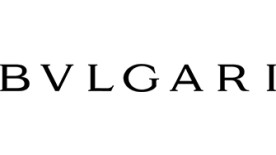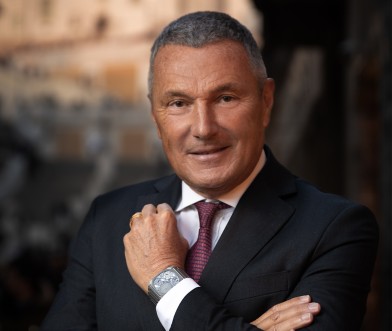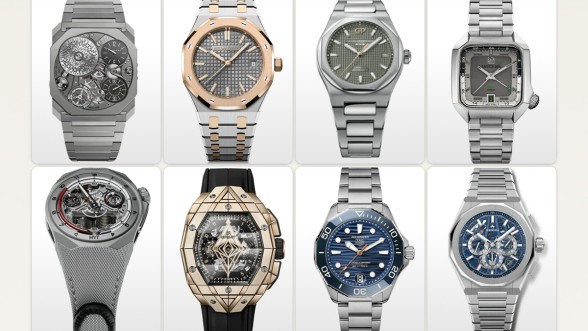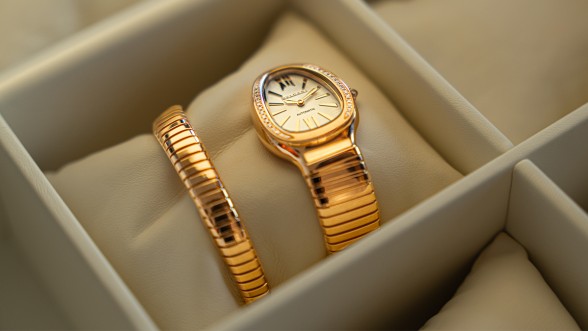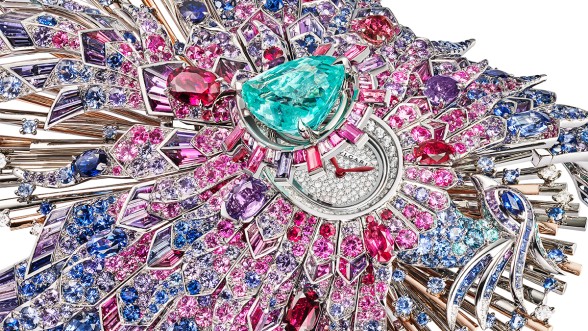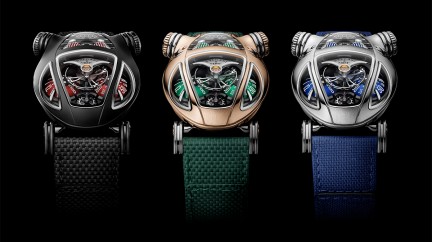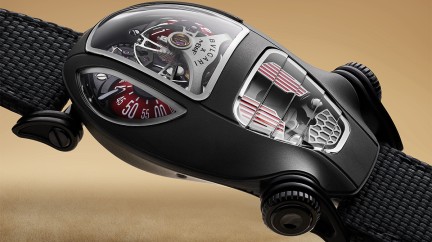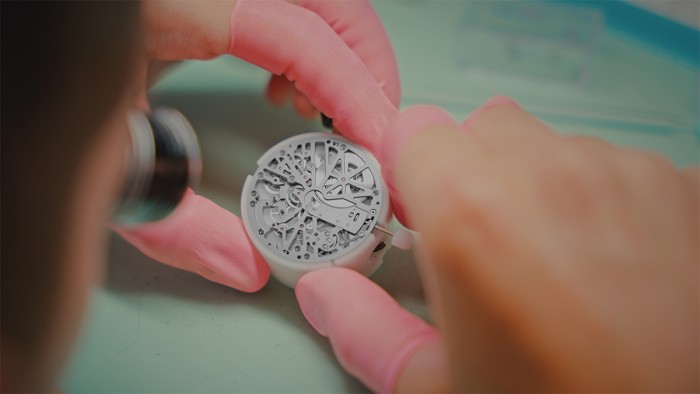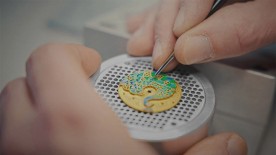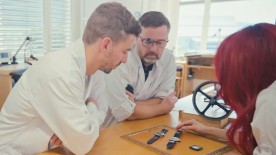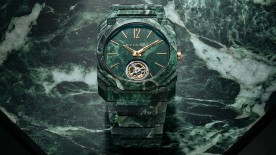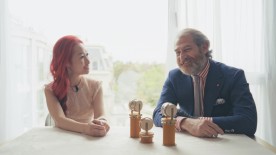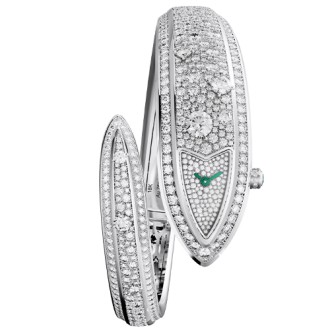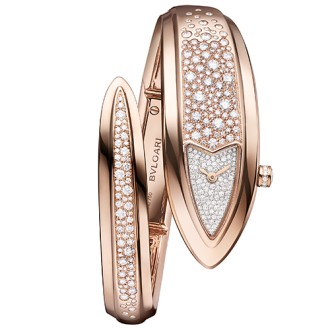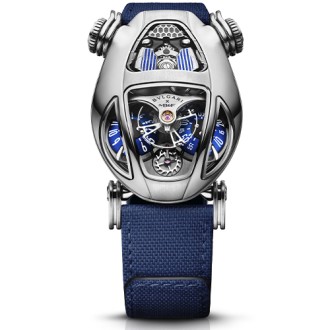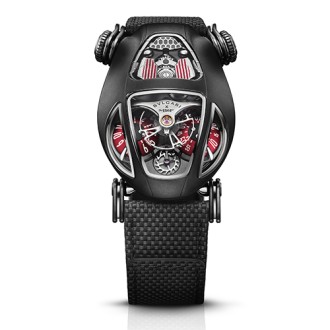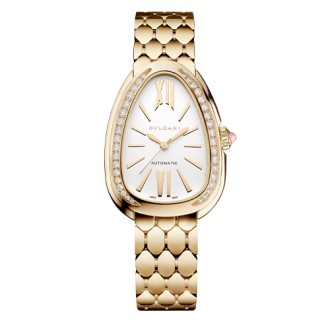Bulgari
Bulgari was founded by Sotirio Bulgari, a descendant from a long line of Greek silversmiths, who opened his first shop on the Via Sistina in Rome in 1884. Aided by his sons Costantino and Giorgio, in 1905 he inaugurated the shop in Via Condotti, which today remains Bulgari’s flagship store.
The two brothers distanced themselves from the design philosophies of the French goldsmith school after the second world war to develop a style that took its inspirations from Greco-Roman classicism, the Italian renaissance and the 19th century Roman school of goldsmiths. The designs born of this fusion of styles became instant hits among the jet set in the 1950s and 1960s and put Bulgari into the limelight.
The company began its rise to fame with a rapid expansion in the 1970s, followed by two decades of diversification in the 1980s, with the launch of fragrances, accessories, textiles and eyewear. From the turn of the millennium, Bulgari proceeded to vertically integrate its operations, particularly in the watchmaking segment, with the acquisition of the high-end watch brands and manufacturing plant Daniel Roth and Gérald Genta in 2000, in Le Sentier. Further acquisitions of key component suppliers within the entire range of watch elements allowed Bulgari to present its first mechanical calibre designed, produced and assembled in-house in 2010.
Bulgari is today a global luxury brand that is a company of the LVMH luxury goods group. It operates in all segments of the luxury industry, from jewellery, watchmaking, accessories, leather goods and fragrances to hotels and resorts.
In 2014 Bulgari celebrates its 130th year since its first shop was opened in Rome. To mark this significant anniversary Bulgari commissioned renowned American architect Peter Marino to refurbish its flagship store in Rome at via dei Condotti 10 and financed the renovation of the Spanish Steps.
